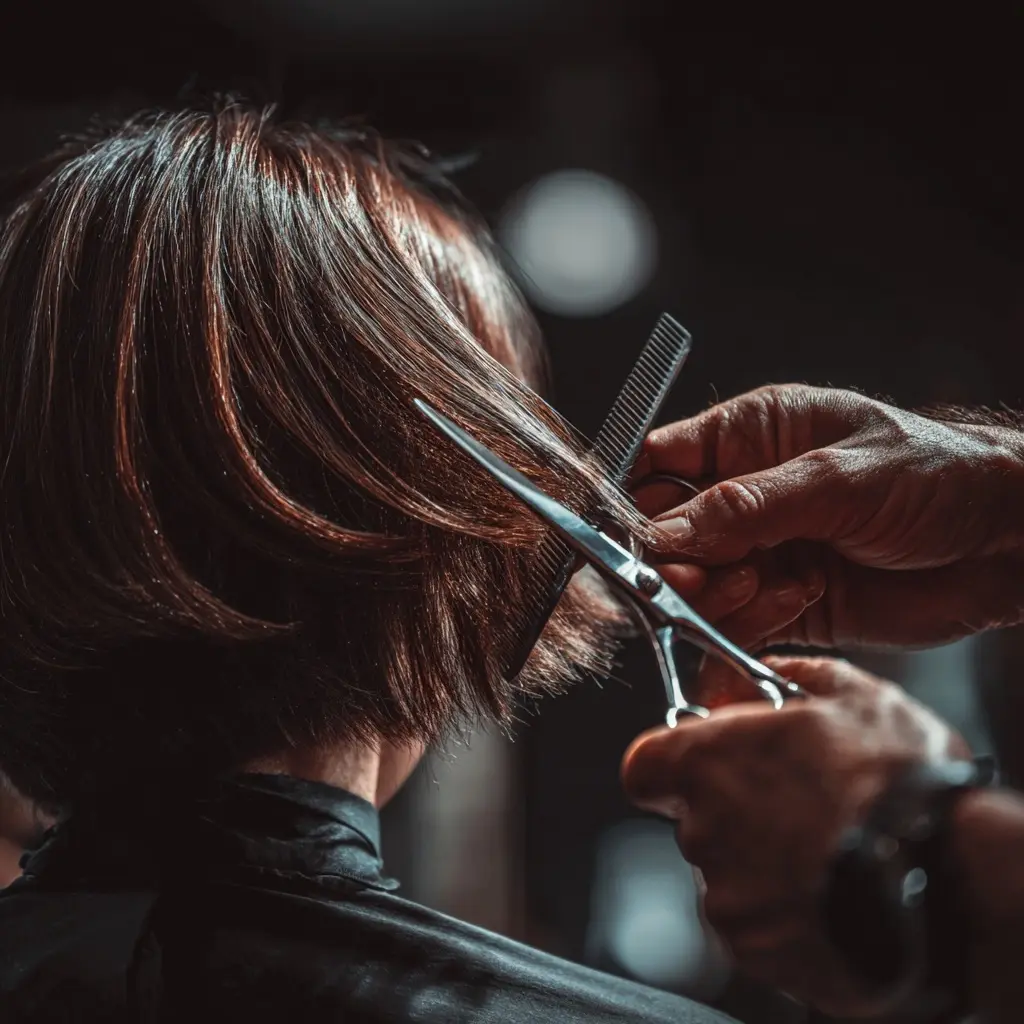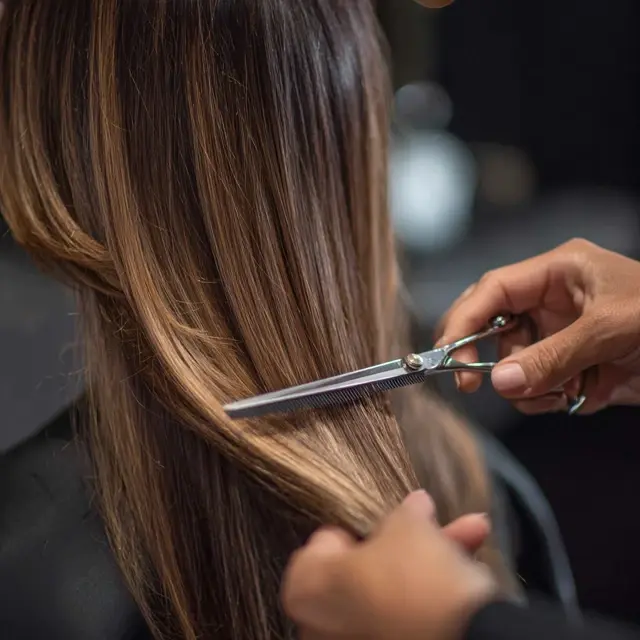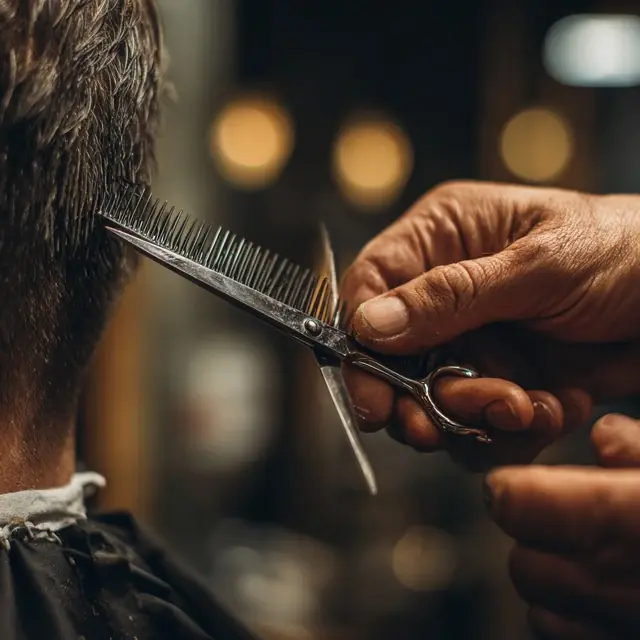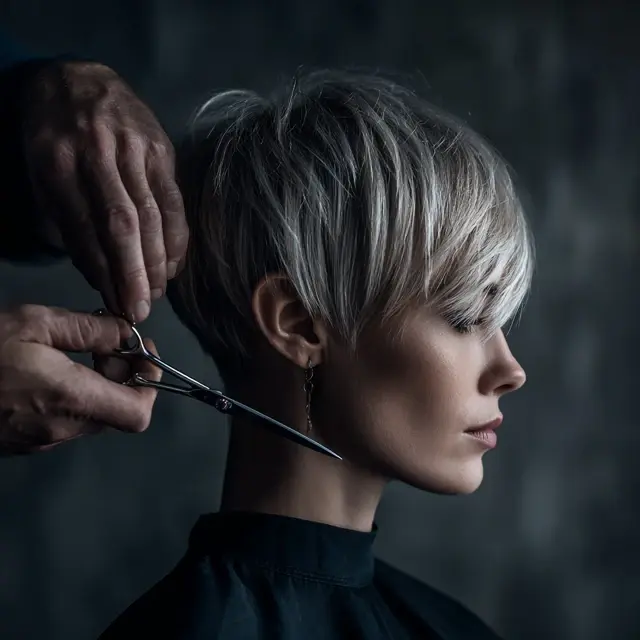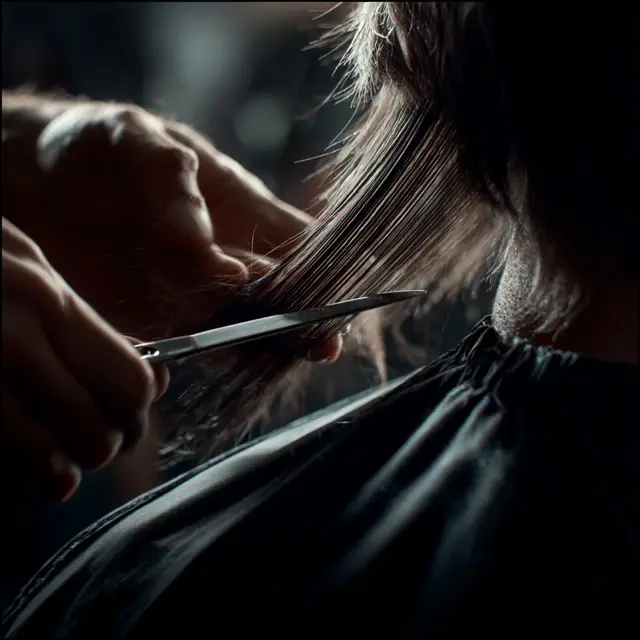How to Avoid Over-Thinning with Hair Scissors
Thinning scissors are valuable tools for blending layers, reducing bulk, and creating soft finishes. However, overuse or improper technique can quickly lead to uneven, patchy, or weakened styles. To ensure flawless results, stylists must understand how to avoid over-thinning when working with hair scissors.
Why Over-Thinning Happens
Over-thinning typically occurs when too much density is removed in one area. This can be caused by:
- Excessive passes with thinning scissors in the same section
- Cutting too close to the scalp
- Targeting already fine or thin hair
- Lack of visual checks throughout the process
Signs of Over-Thinning
Stylists and clients can spot over-thinning when they notice:
- Uneven patches or holes in the style
- Hair that looks limp or lacks body
- Ends that appear stringy or weak
- Difficulty maintaining the haircut’s shape
Techniques to Prevent Over-Thinning
1. Work in Small Sections
Divide the hair into manageable sections and thin sparingly. This ensures better control and prevents overworking a single area.
2. Stay Away from the Roots
Keep thinning scissors at least a few inches away from the scalp. Cutting too close can cause unwanted volume loss and frizz.
3. Use Minimal Passes
One or two snips per section are usually enough. Adding more risks removing too much hair density.
4. Focus on Mid-Lengths and Ends
Targeting the mid-lengths and ends ensures a soft, natural finish without compromising the haircut’s structure.
5. Check Progress Frequently
Step back, comb through, and evaluate the haircut often. This allows for adjustments before over-thinning becomes an issue.
When to Use Thinning Scissors Sparingly
Stylists should be cautious when working with:
- Fine hair: Already lacks density, so thinning can make it appear sparse.
- Curly hair: Excess thinning can cause frizz and disrupt curl patterns.
- Short styles: Overuse can create uneven patches that are difficult to correct.
Best Practices for Balanced Results
- Plan the haircut before reaching for thinning scissors.
- Pair thinning scissors with professional hair scissors to establish the main shape first.
- Work conservatively—less is often more.
- Invest in high-quality scissors to ensure precise, controlled cuts.
Conclusion
Thinning scissors are essential for refining and blending, but restraint and technique are key to avoiding over-thinning. By working methodically, checking progress frequently, and focusing on balance, stylists can use hair scissors to create natural, polished styles without compromising hair health or shape.
